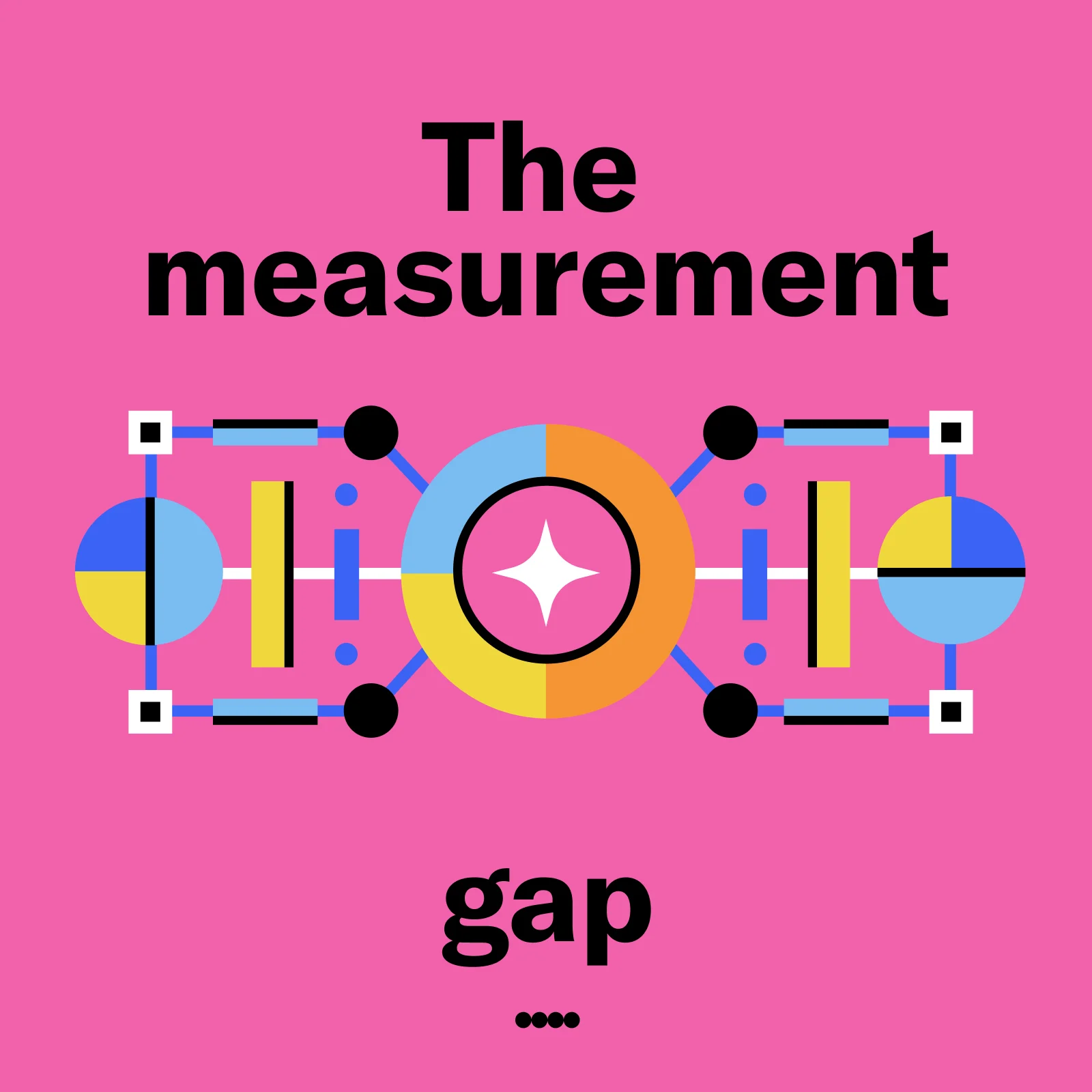Internet Radio: What to Know Before Your Next Audio Campaign
More listeners turn off their AM/FM radio for the last time each year, but it doesn’t mean they’ve stopped listening. They’re simply moving to digital options like internet radio.
Internet radio and digital audio platforms capture 20% more listening time than AM/FM radio. And nearly 50% of all daily audio time is spent with streaming, podcasts, or SiriusXM, compared with 36% with AM/FM radio.
The move is largely due to the variety and personalization internet radio offers.
With internet radio platforms like Pandora, listeners can create their own radio stations that become increasingly attuned to their listening preferences over time. Podcasts offer a similar experience to talk radio but with fewer ad breaks and more authentic hosts. And SiriusXM is in a class all its own, offering listeners a large collection of curated stations as well as premium live talk that they can’t find anywhere else.
What is internet radio?
The biggest difference between internet radio and terrestrial radio is the delivery method. Terrestrial radio is transmitted over AM/FM airwaves with a finite broadcast range while internet radio is distributed digitally over the internet.
With AM/FM radio, listeners can only listen to what is currently being broadcast, but internet radio gives them more options, whether it be a larger number of live programs or more curated and on-demand options.
What are the types of internet radio?
Internet radio originally referred to digitized radio broadcasts, often repurposed AM/FM programming available on a radio station's website.
But it’s evolved to include most digital and streaming audio delivery methods, like streaming music platforms, podcast networks, and online audio curators.
Digitized Radio Networks
In its most literal sense, internet radio includes digitized radio broadcasts. The most common version of this is a live audio feed on a radio network’s website that plays identical programming to that on their AM/FM broadcast.
This is a popular option for live sporting events or listeners who want to keep up with their favorite station while they work or run errands with their headphones in.
Radio Syndicator
Internet radio syndicators work like any other AM/FM station that relies heavily on syndicated programming from other stations and publishers. Functionally, it works like a streaming music playlist. Curators link other internet radio streams and programs to their websites.
Since creating a website is less expensive than maintaining a radio signal, more curators are able to create their own syndicated internet radio programs.
Digitized Radio Archive
For long-running programs, the archive is large enough to sustain a repeat listenership similar to that of comfort-watch TV shows like Gilmore Girls or Friends. In fact, there are multiple podcasts covering every single episode of many popular and classic TV shows.
SiriusXM
This terrestrial radio alternative offers not only an unmatched in-car listening experience for its loyal subscribers, but listeners can take SiriusXM with them wherever they go through the app. With signals that don’t fade or degrade, your ads can reach audiences wherever they are. And with 50% less commercial time per hour than AM/FM, your brand gets higher share of voice.
Podcasts
Podcast aggregators and podcast networks serve as a syndicated internet radio distribution system. Listeners may choose to listen to many shows from one network or create a feed of their favorite shows and hosts in their podcast catcher app.
Listeners are turning to podcasts more and more because of the authenticity of the host-driven format. Listeners over 18 report podcasts are 23x more trustworthy and authentic compared to social media.
Streaming Audio
Whereas other forms of internet radio seek to replicate the terrestrial radio experience with more portability, streaming audio platforms like Pandora and SoundCloud offer listeners more choice, control, and built-in discovery options. These are the platforms replacing popular music radio since listeners can curate their own top 40 or listen to curated playlists that correspond with their mood.
Why are audiences moving away from broadcast audio?
More than half of Pandora, SiriusXM, Soundcloud, and SiriusXM Podcast Network listeners report their preferred digital audio platform is replacing their AM/FM listening time.
Audiences are moving to these streaming platforms because they offer more options. Listeners no longer have to wade through commercial breaks to settle for what is currently playing within their broadcast area. They pick their programming on their terms, with fewer but more relevant ad breaks.
Authenticity
Podcast listeners 18+ report their favorite podcasts are 4.2x more trustworthy and authentic than AM/FM radio. Authenticity isn’t restricted to podcast fans. Listeners reported all streaming audio is 5.3x more trustworthy and authentic than social media.
Ad Fatigue
Like with programming, AM/FM ads must appeal to a broad audience. Digital audio offers the ability to place ads according to listener preferences, location, genre, mood, or even local weather forecasts And advertisers receive more share of ear on digital audio platforms simply because the medium necessitates fewer ad breaks.
Why is Digital Audio a Popular Option?
For listeners, internet radio and digital audio simply offer more variety and personalization with less ad time. And the ads they do hear are often more relevant based on their listening profile. For brands, streaming audio offers a larger share of ear, better receptivity, increased creative capabilities, and advanced targeting options that make ads more relevant.
Large Engaged Audience
Digital audio listeners continue to take a larger share of the pie from AM/FM each year because digital offers a more convenient and personalized listening experience.
Because the experience is better, listeners tend to be more engaged. Well over half of Pandora listeners say they enjoy ads that are relevant to. And listeners pay 3x more active attention to podcast ads compared to mass media ads.
Personal Experience
The broad appeal of terrestrial radio is eclipsed by the personalization and specificity of internet radio simply because the internet isn’t restricted by broadcast signal strength. Now, listeners can find communities of like-minded listeners anywhere in the world.
Customizable Ads
Digital audio provides more listener information, giving advertisers the power to connect with the most relevant audiences. Advertisers on streaming platforms can target listeners based on their location, device type, activity, mood, weather forecast, genre, and thousands of other demographic and psychographic combinations.
Ad Format Variety
Digital audio offers advertisers the ability to create with more precision and fewer boundaries. Brands can capitalize on listener loyalty with host-read ads or create their own immersive audio experience that plays on the theater-of-the-mind effect. They can serve video ads to listeners browsing for the next song, sponsor ad-free listening, and even create dynamic ads that change based on listener data.
Curious about making the move to digital audio?
With digital audio, advertisers have the creative freedom to tell their most authentic story and the targeting capability to serve it to their most relevant audience. And when you partner with a digital audio powerhouse like SiriusXM Media, you have access to the largest ad-supported network of listeners across music, talk, sports, and podcasts.
Digital audio's personalization and reach make it the best option for most advertisers. And its flexibility means there is a price point for nearly every budget.
Are you ready to see what digital audio can do for you? Let’s talk.
Learn More About Digital Audio
Related Insights
 Streaming
StreamingStreaming Audio Boosts Brand Awareness: Here's How
Dec 12, 2025 Podcasts
PodcastsBeyond Downloads: Where Podcast Measurement is Headed Next
Dec 11, 2025 Podcasts
Podcasts6 Black-Hosted Podcasts That Are Influencing Culture Today
Dec 10, 2025 Digital Audio
Digital AudioHow Digital Audio Complements Video, Social, & Display Campaigns
Dec 9, 2025






